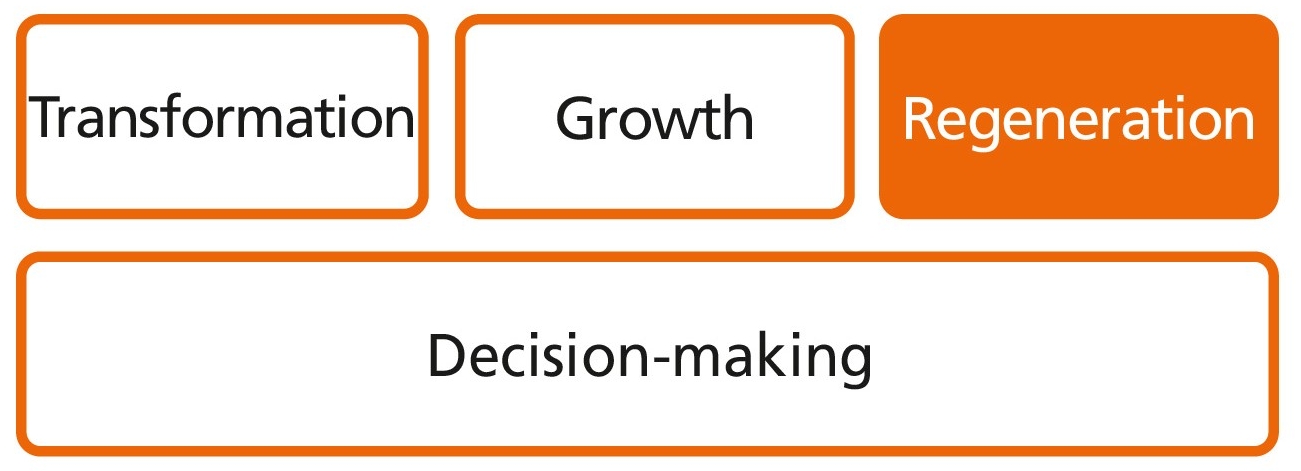What is the challenge?
Companies have data that they need to conduct their business or that they generate in the process. Storing and cleansing data is resource-intensive (e.g. infrastructure and data pre-processing efforts). At the same time, data is a valuable asset that can be used to develop new business areas. Owning data does not necessarily mean that companies can generate an immediate value-creating use for it. Instead, this can arise when the data is sold to other companies that do not have this data themselves but have an economic interest in it.



